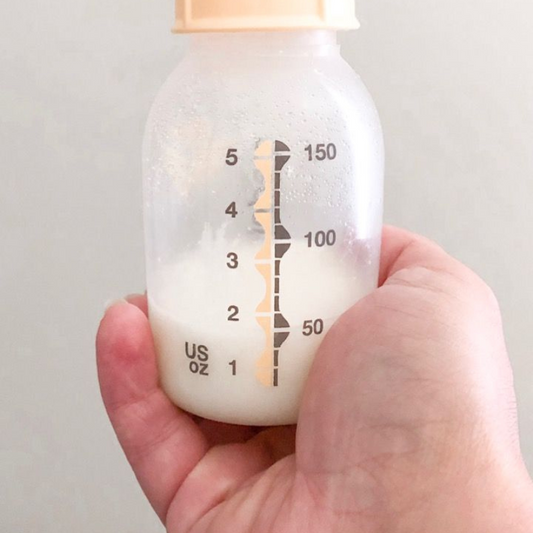What is a Growth Spurt?
Growth spurts are when children experience a lot of growth in a short period of time. One study showed changes in length or height by as much as 2.5 centimeters literally overnight. Moms often report that they notice their little one suddenly needs the next diaper size or no longer fits into a sleeper that fit just fine a week ago. All that growth takes calories.Top Foods To Increase Milk Supply
What is Cluster Feeding?
Cluster feeding is a period when a baby wants to feed very frequently. There are different types of cluster feeding. Babies will often cluster feed in the day or two before a mama’s milk comes in. We like to say that all that frequent feeding is because they are putting in their order and telling mom’s breasts to make a lot of milk. Many babies have a cluster feeding period that lasts a couple of hours or so every day. It might just feel like an extra-long feeding. This type of cluster feeding often happens at the same time every day. Late afternoon or early evening is a typical time for cluster feeding. When babies start to sleep longer stretches, they often cluster feed when they first wake up. Then there is cluster feeding that is caused by growth spurts. These cluster feeding periods can last days.Also read: A Lactation Consultant’s Best Tips to Increase Your Milk Supply
When Do Growth Spurts Occur?
There are typical times to expect growth spurts.- 3 weeks
- 6 weeks
- 3 months
- 6 months
- 9 months
- 12 months
How Long Does Cluster Feeding That Is Caused by a Growth Spurt Typically Last?
The duration of cluster feeding from a growth spurt depends on how old a baby is. The frequent feeding that occurs right before a mother’s milk comes in can last a couple of days. The first few growth spurts usually last one or two days. As a baby gets older, the growth spurts last longer and may last several days. In general, the older a baby is, the longer the cluster feeding lasts. If cluster feeding lasts all day and goes on for longer than one week, it is probably a good idea to have your baby weighed. You would want to rule out any possible decrease in your milk supply.Good News About Growth Spurts
The cluster feeding that accompanies growth spurts can be tiring. However, many moms report that their baby started sleeping better after a growth spurt. It is common for newborns to have their days and nights mixed up when they are first born. They want to sleep all day and be awake and eat all night. After the three-week growth spurt, they seem to get their days and nights straightened out. After the six-week growth spurt, they often start sleeping longer stretches. That’s welcome news to sleep-deprived new mamas.How To Survive Cluster Feeding
Whether it is a daily cluster feeding period or a growth spurt driven cluster feeding marathon, it can feel overwhelming. These tips can make it more manageable.- Plan dinner for earlier or later if your baby likes to cluster feed in the early evening.
- When preparing meals that are freezer-friendly, double the recipe, so you have a supply of dinners ready to be popped in the oven or microwave. This comes in handy when those growth spurts arrive unexpectedly, and you have no time to make dinner.
- Use smoothies for one-handed meals made with Milk Dust Lactation Protein Powder to nourish your body, and give you something to sip on while nursing.
- If you have a grandma come for a visit, give her the task of filling your freezer with your favorite dinners.
- If you don’t have anything in your freezer, consider using a restaurant delivery service.
- Park yourself in your most comfortable nursing spot.
-
Gather your necessary items nearby. This includes things to make you comfortable and things your baby will need.
- Diaper changing supplies
- Change of clothes for baby
- Burp cloths
- Water bottle
- Milk Dust Lactation Bars
- eReader or tablet for distraction.
- The remote control
- Don’t hesitate to hand the baby off to your partner so you can use the restroom or if you just need a few minutes break. Your baby may complain, but she will be fine.



